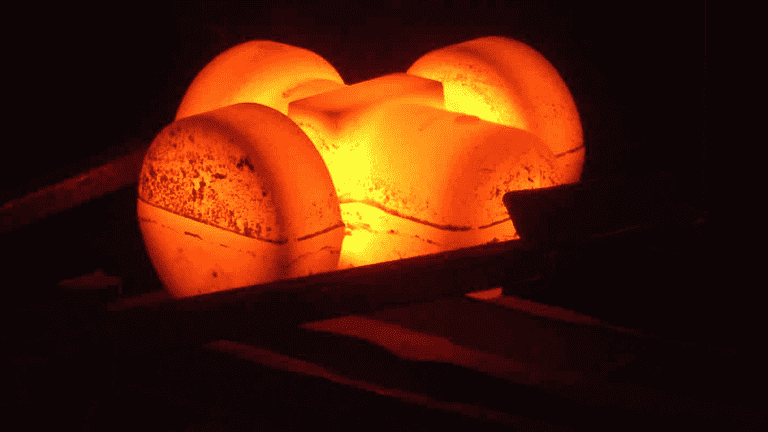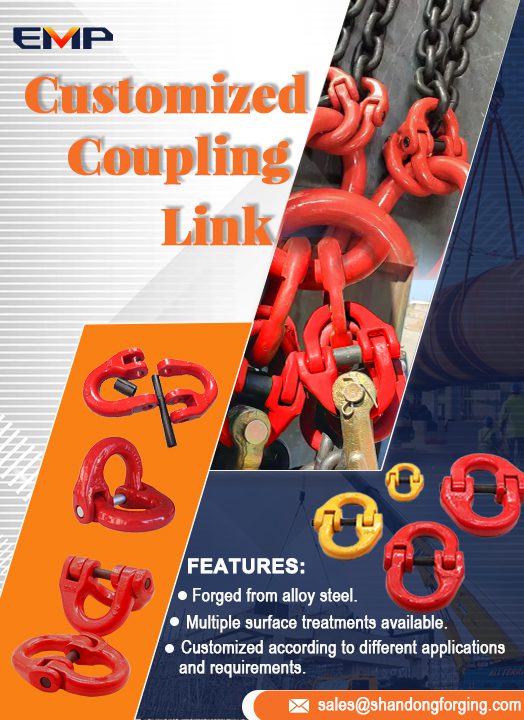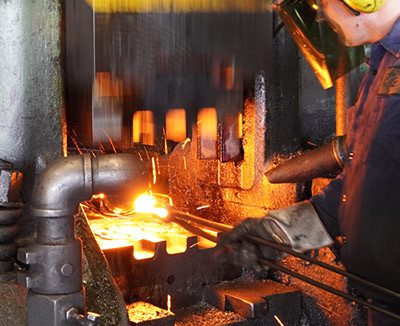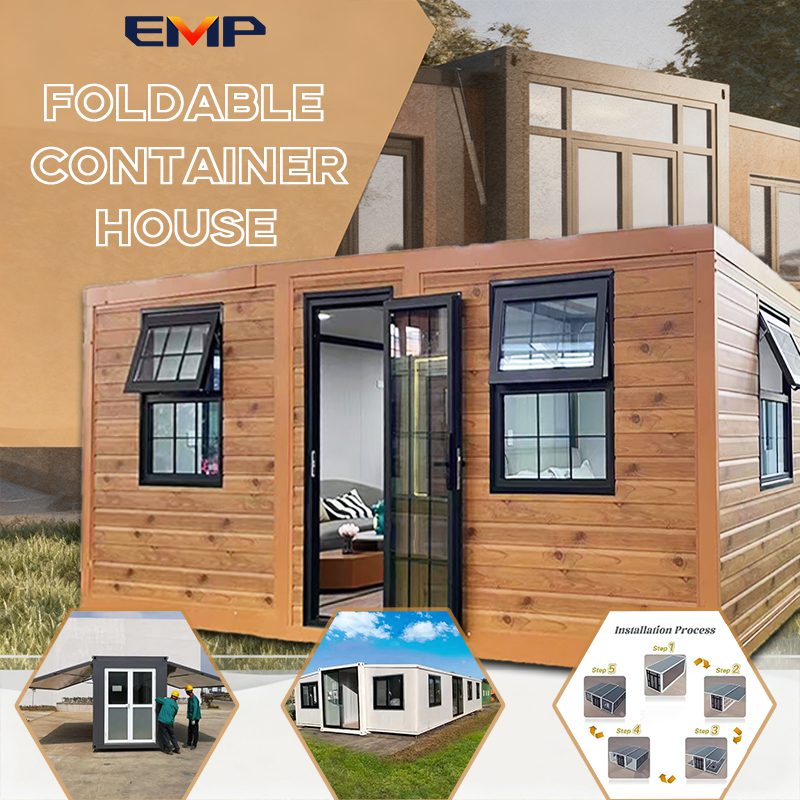
Forging:
Forging is the use of forging machinery to impose pressure on the metal billet, so that it produces plastic deformation to obtain a certain mechanical properties, fixed shape and size of the forging method. One of the two main components of forging. Through forging can eliminate the metal as cast loose, welding holes, the mechanical properties of forgings is generally better than the same material castings. For the important parts with high load and severe working conditions in machinery, forgings are mostly used in addition to the plate, profile or welding parts with simple shape that can be rolled.
According to the forming method, forging can be divided into:
① Open forging (free forging).
The use of force or pressure to make the metal between the upper and lower two anti-iron (anvil block) deformation to obtain the required forgings, mainly manual forging and mechanical forging. For example, our special wrenches.
② Closed mode forging.
The metal rough is compressed and deformed in the forging die chamber with a certain shape, which can be divided into die forging, cold heading, rotary forging, extrusion and so on.
According to the deformation temperature forging can be divided into hot forging (the processing temperature is higher than the recrystallization temperature of the rough metal), warm forging (lower than the recrystallization temperature) and cold forging (normal temperature).
Forging materials are mainly various components of carbon steel, alloy steel, aluminum, magnesium, titanium, copper and their alloys. The original state of the material includes bars, ingots, metal powders and liquid metals. The ratio of the cross sectional area of the metal before deformation to the die sectional area after deformation is called the forging ratio. Correct choice of forging than to improve product quality, reduce the cost has a great relationship.
Casting:
Casting is the process of melting metal into a liquid that meets certain requirements and pouring it into the casting mold. After cooling and solidification, the casting (parts or rough) is obtained with predetermined shape, size and performance.
Casting rough cost is low, for complex shape, especially the complex cavity parts, it can show its economy; At the same time, it has wide adaptability and good comprehensive mechanical properties. But the materials (such as metal, wood, fuel, molding materials, etc.) and equipment needed for casting production (such as metallurgical furnace, sand mixing machine, molding machine, core making machine, sand shaker, shot blasting machine, etc.) are more, and will produce dust, harmful gas and noise and pollute the environment.




